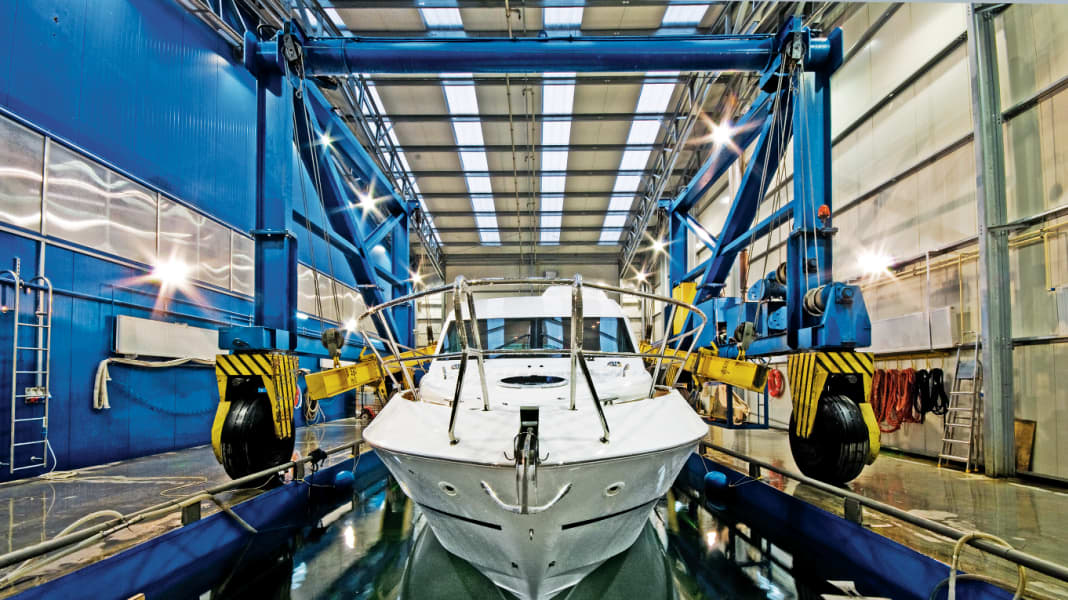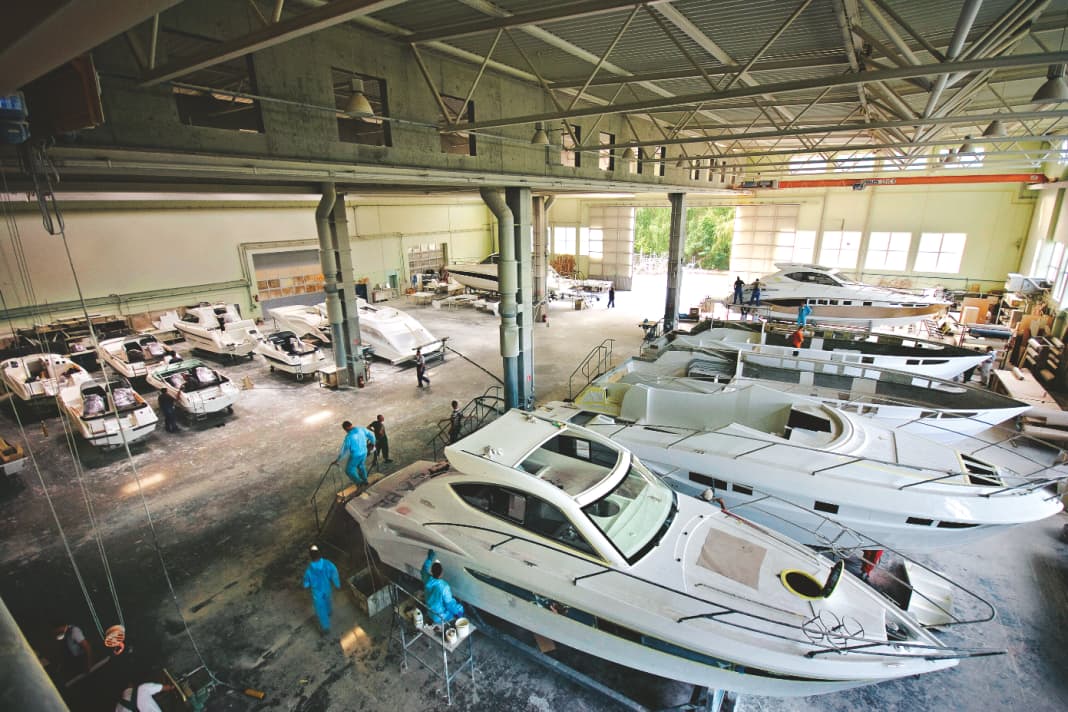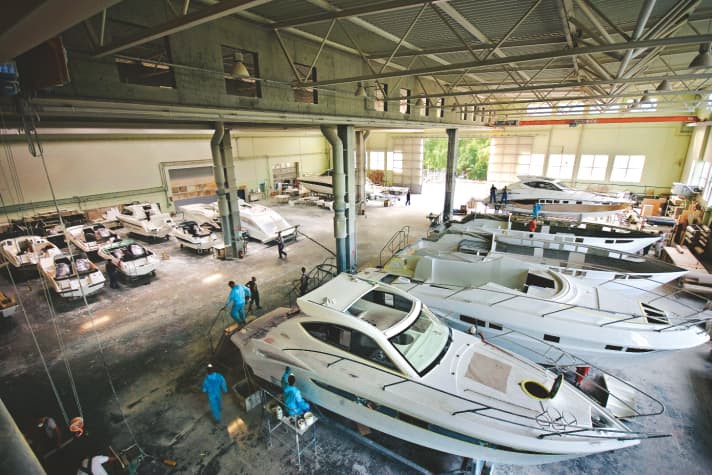







Shipbuilding has a long tradition in Poland, from container ships to large ferries and pleasure craft, and the shipyards can be counted among the "top ten" in the world today. After the collapse of the communist regime and the initiation of political change in 1989 at the latest, Poland was open in the truest sense of the word to globally operating companies.
literally open to globally operating boatyards, which benefited from the expertise, but undoubtedly also from the low wages in the country.
wages in the country. New shipyards therefore began to be built and materials and machinery were supplied to produce boats in Poland, which then found and still find customers throughout Europe.
During this period of upheaval, Wieczyslaw Kobylko founded the Galeon shipyard in 1982, which is still owned by the family and is run by his son Jacek. The company produces pleasure craft from 4.20 to 25.00 metres in length, which are divided into the pleasure craft and yacht sections. The sports boats trade under the name "Galia"of which 23 different models are currently being built. The other department is called "Galeon"; 16 models from 9.00 to 25.00 metres in length are built there.
Apart from electronics, engines and a few small items, the shipyard creates and designs its own products. During our visit, there were around 600 employees. The shipyard has its own metal workshop where stainless steel and aluminium are used to produce railings and canopy brackets, tanks for all liquids, door and porthole frames. The shipyard also cuts its own glass, which is used in doors and portholes.
She is particularly proud of her wood department, where everything is cut to size and then coated with the desired varnish. A total of nine types of wood are used when inlay work, door surfaces or logos are required, for example. The shipyard uses computer-controlled CNC machines for this purpose, which make it easy to reproduce parts. If a logo is damaged later on, it can be reproduced at the touch of a button.
All the plastic work is carried out using both traditional hand lay-up and modern infusion moulding techniques. Each new Galeon is first created by hand as a prototype and later as a negative mould from which the boat is laminated. It goes without saying that all the upholstery is cut and sewn in-house, in keeping with the shipyard's creative approach.
A large water basin is used for every boat that is fitted with an engine. All functions are checked in this basin over several hours and the boat is checked using a sprinkler system to ensure that nothing penetrates the inside of the boat. Quality control is a high priority.
Although Galeon produces in series, it works closely with customers to realise their ideas. It is therefore not unusual for cabin dimensions or beds to be customised, making almost every Galeon unique. It is therefore not entirely wrong to describe the shipyard as a "manufactory with industrial production". Galeon's strategy is to bind the customer to the shipyard right from the start with a Galia, so that the customer does not have to look around for another shipyard when looking for a larger boat ...

